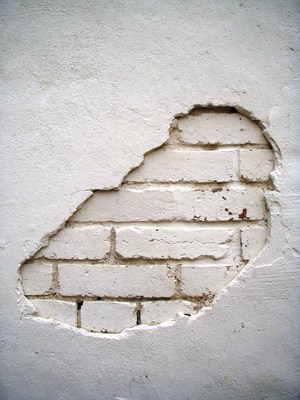Some of us just can’t have enough of those adorable Sesame Street Rubber Duckies in our lives. If you would like to learn how to make a flock of adorable cement Rubber Duckies to guard over your flower garden, perhaps I can help.
Materials:
A Nice Rubber Duckie
Cement
Liquid Latex
Pam Cooking Spray
Box of Packing Peanuts
Plaster of Paris (optional)
Paint (optional)
Step One: The first thing that must happen in order to make a few cement rubber duck statues is that you must choose one of your favorite rubber duck styles to reproduce in cement. The easiest rubber duck to make a rubber duck statue from are the airtight ones that float in the bathtub.
Step Two: Liquid Latex will work to make a cement rubber duck mold from an original Rubber Duckie. Put a piece of wax paper, cardboard, or foil under your original rubber duck and then paint the rubber duck and about 2-inches of the wax paper with your mold compound called liquid latex. Let the latex dry for about 45-minutes.
Step Three: Put a second layer of liquid latex onto your rubber duck and going out about 2-inches onto your wax paper and let this dry for about 30-minutes so that it is still a little tacky.
Step Four: Wrap one layer of gauze bandage around the still tacky latex. This is what will be reinforcing your mold to make it strong. The inside of the mold that is up against the Rubber Duckie is the part that will make the design in the cement. You do not have to be neat about anything that you do beyond the first layer of latex that you put on. Wrap the gauze onto the duck any way that it will go on.
Step Five: Put a third layer of liquid latex onto your rubber duck and going out about 2-inches onto your wax paper and let this dry until tacky, add another layer of gauze. Put a fourth, fifth, and sixth layer of liquid latex onto the duck and let each dry about 45-minutes.
Step Six: Put a seventh layer of liquid latex onto your duck being careful to cover any gauze bumps still exposed to the air. Let this dry overnight or longer if necessary.
Step Seven: Your original Rubber Duckie should come out of the mold easily when the liquid latex is completely dry. You might have to take a razor blade and carefully trim any liquid latex away from the bottom of the rubber duck if he is getting caught on it.
Step Eight: Your latex mold should be able to turn inside out and go back easily like rubber if it is completely dry and ready to use. Fill this mold with water and look at the sides to see if it is holding its shape. If the mold is not holding its shape, it needs another layer of gauze and two or three more layers of liquid latex put on in the same manner as above to make it thicker.
Step Nine: Put your cement duck mold into a box of packing peanuts so that the rim is flat on top and so that the peanuts hold the mold suspended without the head touching the bottom of the box.
Step Ten: Mix your cement according to the directions on the bag. Spray the inside of your latex mold with a liberal dose of Pam cooking spray. Spoon your cement into the mold, pushing down with spoon to remove air bubbles as you go, until the mold is full and let dry for 24-hours. Your cement duck statue will pop out of the mold easily after it is dry. Spray your mold again with Pam and make another one. As long as you are careful not to rip the mold it will last to make lots of cement duck statues.
Options:
Your latex duck mold will also work for Plaster of Paris ducks if you would like painted ducks in your garden. After painting your Plaster of Paris duck, use a waterproof sealer if the duck is going to be standing outside. Plaster of Paris is not as strong as cement, place these ducks someplace that they will not fall and break.
You can Gorilla Glue doll sized sunglasses to your cement rubber duck for a really fun look.



